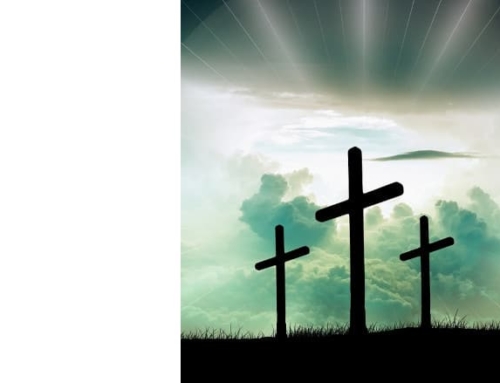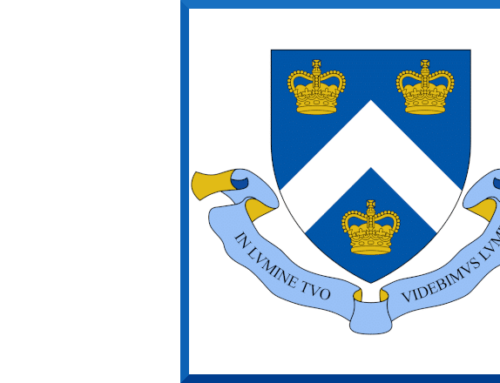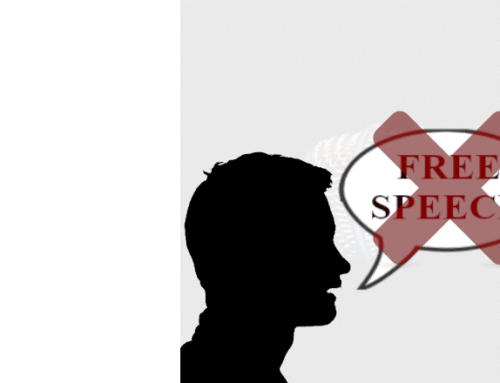In today’s New York Times, there are several articles about tomorrow’s elections. The articles are grouped according to “The Senate,” “The Polls,” “The Campaign” and “The Churches.” With regard to the last article, coverage is given to John Cardinal O’Connor’s homily yesterday wherein he questioned why some were blaming him for killing Dr. Barnett Slepian, the abortion doctor; the New York Archbishop wondered whether “this accusation was really aimed at me, or at those public officeholders and those campaigning for public office who are pro-life.”
The article says that “Abortion-rights leaders criticized the Cardinal for casting politicians who oppose abortion rights as victims so soon before Election Day.” It quotes Alexander Sanger, president of Planned Parenthood, as charging that the Cardinal was actually delivering “an electoral message.”
William Donohue, president of the Catholic League, points out the bias:
“On the front page of today’s New York Times, it discusses how President Clinton and Rep. Charles Schumer made political hay by speaking in Protestant churches yesterday. Yet on page B6 it has a column, ‘The Churches,’ that makes no mention of these obvious church and state violations. Indeed, the title ‘The Churches’ is inaccurate: the only church mentioned is a Catholic one, namely St. Patrick’s Cathedral.
“The author of this misstated piece, David Halbfinger, says that abortion-rights advocates were upset with Cardinal O’Connor for simply mentioning a public policy issue, and he quotes Alexander Sanger as evidence. Question: Was Mr. Sanger at St. Pat’s yesterday? Was he accompanied by his friends in the pro-abortion movement? Or did Mr. Halbfinger call Sanger for a comment? If so, whom did he call about Clinton and Schumer soliciting votes in Protestant churches? Why didn’t he write about it? Why did he find it necessary to go back to 1984 to cite Cardinal O’Connor’s objections to Geraldine Ferraro’s position on abortion? Why the double standard?”






